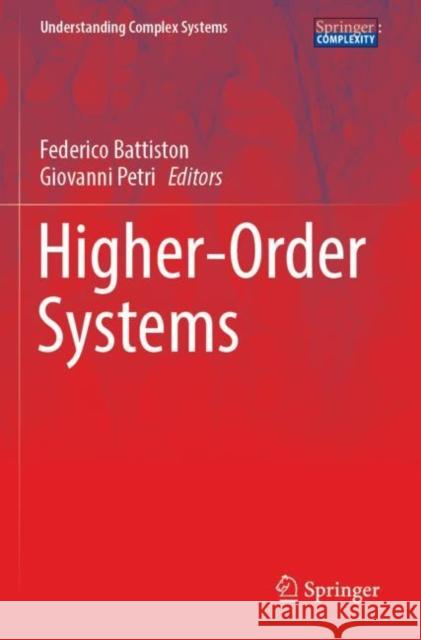Higher-Order Systems » książka
topmenu
Higher-Order Systems
ISBN-13: 9783030913762 / Angielski
Higher-Order Systems
ISBN-13: 9783030913762 / Angielski
cena 564,88 zł
(netto: 537,98 VAT: 5%)
Najniższa cena z 30 dni: 501,19 zł
(netto: 537,98 VAT: 5%)
Najniższa cena z 30 dni: 501,19 zł
Termin realizacji zamówienia:
ok. 22 dni roboczych
Bez gwarancji dostawy przed świętami
ok. 22 dni roboczych
Bez gwarancji dostawy przed świętami
Darmowa dostawa!
Kategorie BISAC:
Wydawca:
Springer
Seria wydawnicza:
Język:
Angielski
ISBN-13:
9783030913762











